FAAN: Having a Fundraiser Celebrating "Old Hollywood..."
Or would this theme be more accurate?

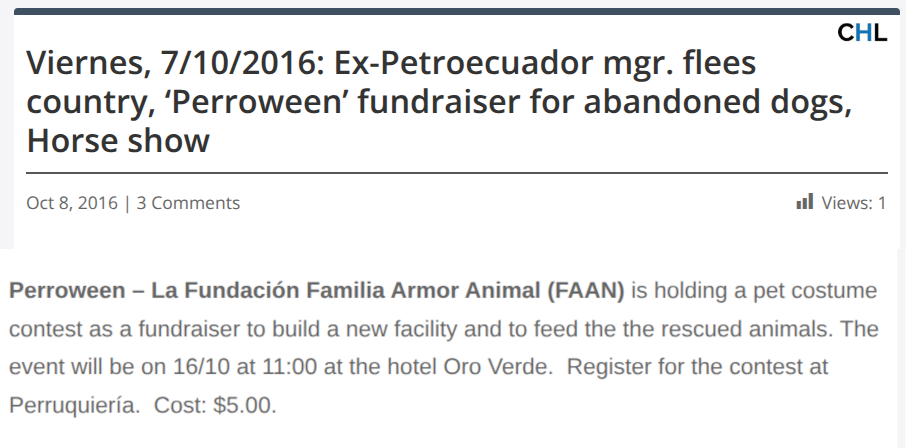
How It Started...
A fundraiser to build a new facility. Happy nine year anniversary.
How It's Going
Give me land...
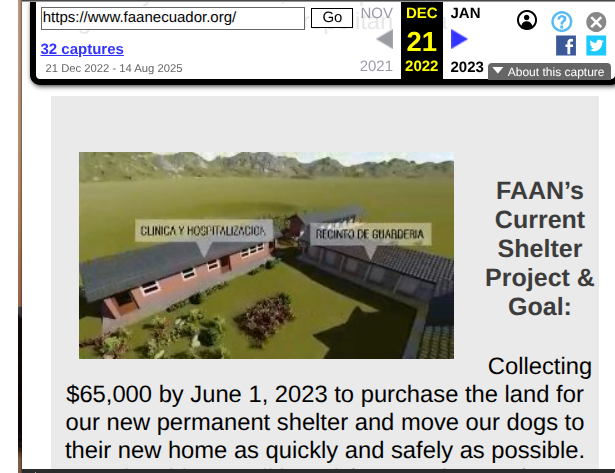
Lots of Land! Total Appraised Value: $223,433.24
City of Cuenca website RUC: 0190443035001
Terrain Analysis
A slope analysis was performed on the five FAAN parcels located in Tarqui using the Copernicus GLO-30 digital elevation model, re-projected to UTM Zone 17S (EPSG 32717). Each parcel's average slope was calculated through zonal statistics in QGIS 3.44.3. The results show that every parcel lies entirely within slopes ranging from 37% to 56%, with a mean slope of approximately 45% and minimal local variation (standard deviation ≈ 5%). In practical terms, this means the terrain rises nearly half a meter for every horizontal meter of run—a hillside too steep for cost-effective or compliant kennel construction.
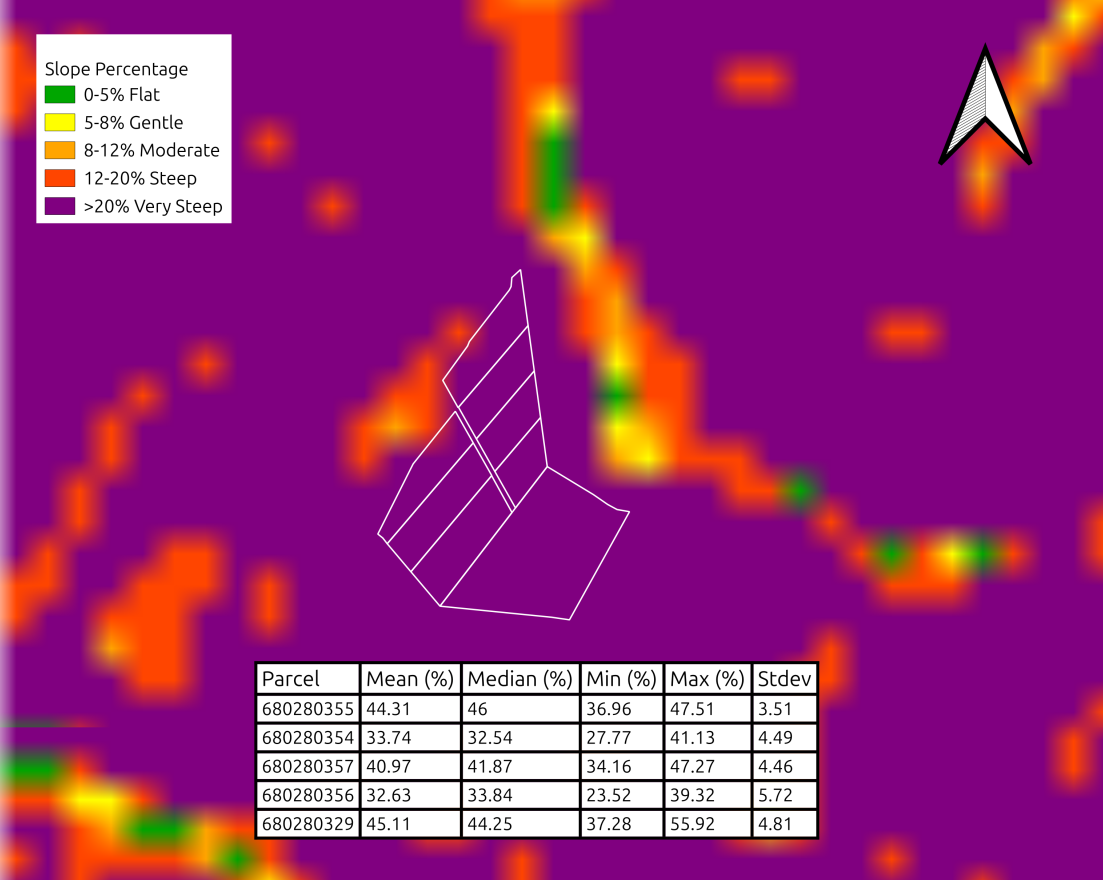
Key Findings
- No area flatter than 37%: there are no naturally buildable platforms or benches.
- Average slope ≈ 45%: classifies as very steep under standard engineering criteria.
- High uniformity: the slope remains consistently steep across all five lots.
- Construction implications: would require extensive cut-and-fill earthworks, retaining walls, slope stabilization, and storm-water infrastructure to support even light structures. Cost estimates for the sitework preparation alone range from $700,000 to $1,400,000 before the first kennel slab is even poured.
Significance
At these gradients, the site poses serious challenges for drainage, accessibility, and long-term structural stability. Any large kennel facility proposed on this terrain would incur major environmental disturbance and engineering expense before meeting even basic safety and animal-welfare standards.
💦 Regulatory Water Context — What Ecuadorian Law Actually Requires
Water access for any private or charitable project in Ecuador is not a local arrangement or "dig a well and see." It is a regulated public resource governed by the Ley Orgánica de Recursos Hídricos, Usos y Aprovechamiento del Agua (LORHUyA) and supervised by ARCA — the national water authority.
⚖️ Legal Framework
- Article 1 of LORHUyA declares all surface and subsurface water a public good owned by the State.
- Articles 35 and 69 prohibit use of groundwater or springs without prior authorization.
- Any organization or individual must first obtain a Certificado de Disponibilidad de Agua (CDA) and then an Autorización de Uso y Aprovechamiento de Agua, issued only after hydrologic and pump-test studies demonstrate a reliable source.
- Regulación No. 004 (ARCA) further clarifies that every water intake—well, spring, or diversion—requires a permit and ongoing monitoring.
"El uso o aprovechamiento de las aguas, sean superficiales o subterráneas, sin la respectiva autorización, será sancionado conforme la Ley."
— Regulación No. 004, Art. 3
🧾 Practical Requirements
ARCA's official CDA form asks for:
- Exact coordinates (UTM/WGS 84) of the source;
- Topographic sketch showing neighboring owners and flow direction;
- Requested flow rate (liters per second);
- Hydrogeologic study signed by a licensed professional; and
- Proof of rights to the land and access easements.
(See: ARCA CDA form PDF)
🧱 Why This Matters for the FAAN Site
The five FAAN parcels sit on 45% average slope, above the valley floor, with no visible surface water, no ETAPA connection, and fractured volcanic bedrock—conditions typical of low-yield upland aquifers. Securing legal water rights here would require:
- Exploratory drilling and a multi-day pump test;
- Laboratory water-quality analysis;
- ARCA inspection and site report; and
- Annual compliance reporting once operational.
Even if approved, well yields could be under 0.3 L/s—barely enough for a single household, not an institutional kennel.
🚫 Non-Compliance Risks
Operating a facility or fundraising for construction without a valid CDA and water-use permit violates LORHUyA and exposes the registered board to administrative fines, suspension of activities, potential civil liability for unauthorized extraction or contamination as well as criminal investigation if donors were misled. ARCA's 2023 report notes dozens of enforcement actions nationwide for precisely these infractions.
📚 References
- Ley Orgánica de Recursos Hídricos, Usos y Aprovechamiento del Agua (LORHUyA), Arts. 1, 35, 69.
- Regulación No. 004 – Autorizaciones de Uso y Aprovechamientos de Agua, ARCA.
- Trámite ARCA-001 – Emisión de Certificado de Disponibilidad de Agua (CDA).
- Formulario CDA, ARCA (2016 version).
- Informe de Rendición de Cuentas 2023, ARCA.
⚙️ Infrastructure & Utility Risk Addendum
— Why steep rural land cannot support a complex kennel + clinic + tourism compound —
Building on steep, unserviced land in rural Azuay isn't just difficult—it's exponentially expensive. Even if foundations, funding, and enthusiasm exist, infrastructure kills feasibility.
⚡ Electricity Supply (CNEL / off-grid)
- No visible CNEL distribution lines reach the parcels.
- Grid extension requires a feasibility study, pole installation, transformer siting, and voltage-drop design, all approved by the local Unidad de Distribución Eléctrica.
- Costs routinely exceed $30,000–$70,000 per kilometer of new line on rural slopes.
- Backup power (diesel generator or solar + battery) is mandatory for animal welfare during outages.
- Continuous load from lighting, ventilation, pumps, and a veterinary clinic can exceed 100 kW — far above a rural single-phase connection.
🟥 Red flag: No published evidence of a CNEL connection request or electrical design study.
💧 Water & Sanitation (recap)
- The five parcels sit on 45% average slope with fractured volcanic bedrock and no municipal service.
- Rainwater collection alone cannot meet daily washing, cleaning, and hydration needs.
- Any borehole requires a CDA permit from ARCA and hydrogeologic testing.
- Without a CDA, no legal source of water exists for cleaning kennels or operating a clinic.
🟥 Red flag: Fundraising for construction prior to securing a CDA is a potential violation of the Ley Orgánica de Recursos Hídricos (LORHUyA).
💩 Sewage & Dog-Waste Disposal
- 120–150 dogs generate over 200 kg of feces and 100 L of urine per day—equivalent to the sewage of a small hotel.
- Ecuador's Código del Ambiente classifies animal waste as a regulated discharge requiring pretreatment and disposal authorization.
- A compliant system would need:
- Settling tanks and sealed anaerobic digesters or lined lagoons;
- Leachate collection, aeration, and disinfection;
- Periodic sludge removal and licensed disposal;
- Laboratory monitoring for BOD, coliforms, and nitrates.
- On steep terrain, such systems must be engineered and lined to prevent groundwater contamination.
🟥 Red flag: No published environmental permit, design drawings, or effluent management plan.
⚗️ Veterinary Clinic Utilities
Adding a veterinary facility compounds all utility loads:
- Pressurized hot/cold water, sterilizers, suction pumps, HVAC.
- Biohazardous waste requiring separation and MSS (Gestión de Desechos Sanitarios) contracts.
- Energy demand rises by 30–40%.
- Licensing adds inspection by Agencia de Aseguramiento de la Calidad de los Servicios de Salud (ACESS).
🟥 Red flag: No record of ACESS licensing process or site suitability report.
🏕️ "Glamping Domes" & Tourism Proposals
Converting portions of the land to "eco-glamping" requires:
- Separate septic and grey-water systems per Ministry of Tourism regulations;
- Potable-water certification (from ARCA or ETAPA);
- Additional electrical load for climate-controlled domes;
- Fire safety, parking, and public-access road compliance.
🟥 Red flag: Terrain and lack of utility connections make glamping logistically and environmentally implausible.
💰 Comparative Reality Check
| Infrastructure Component | Typical Cost (Rural Ecuador) | Feasibility on FAAN Parcels |
|---|---|---|
| CNEL grid extension (1 km, poles + transformer) | $30,000 – $70,000 | High risk – no nearby line |
| Solar + battery hybrid backup (100 kW) | $180,000 – $250,000 | Partial offset only |
| Certified well + CDA permit | $40,000 – $100,000 | Uncertain yield – fractured rock |
| Sewage + dog-waste treatment plant | $120,000 – $300,000 | Complex due to slope |
| Clinic & sterilization systems | $60,000 – $90,000 | Requires ACESS licensing |
| Access road improvements + retaining works | $80,000 – $150,000 | Essential before any building |
🏁 Conclusion — When Dreams Collide with Topography and Law
Independent analysis shows that site-work alone—grading, retaining walls, drainage, and slope stabilization—would cost between US $700,000 and US $1.4 million before the first kennel foundation is poured. Adding the legally required utilities—electrical extension, certified water supply, wastewater treatment, and access roads—pushes total pre-construction costs to well over US $2 million.
Under Ecuador's Ley Orgánica de Recursos Hídricos and Código del Ambiente, no kennel, clinic, or tourist facility can operate on this land without prior water-use, environmental, and sanitation permits. Fundraising for such construction in the absence of those approvals is not only misleading to donors; it exposes the registered Ecuadorian board to administrative and civil liability.
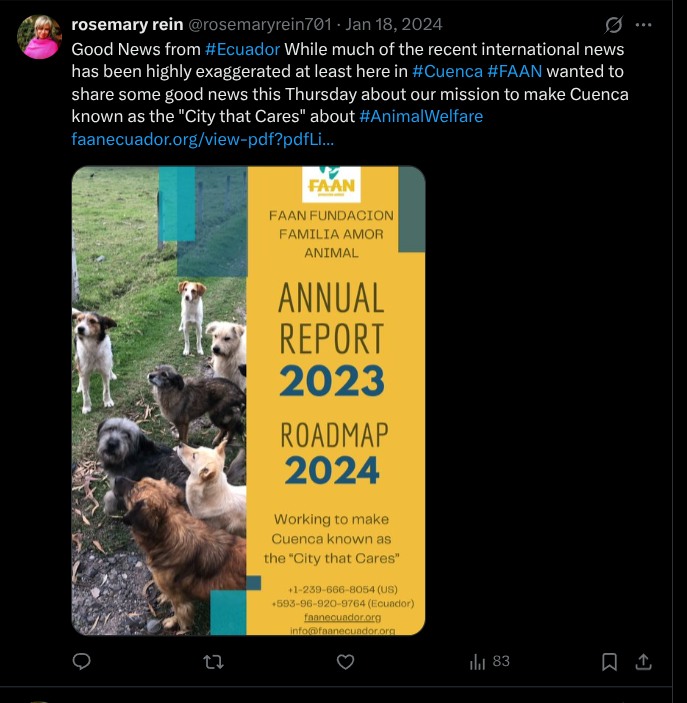
The City That Cares
Trust me bro, FAAN leadership's accomplishments cannot be considered "highly exaggerated". Or can they? Let's have a closer look.
The Sanctuary Grand Opening, Scheduled for the Twelfth of Never
Mission Accomplished! Look at that beautiful sanctuary entrance. Let's all join hands and recite the Five Freedoms!
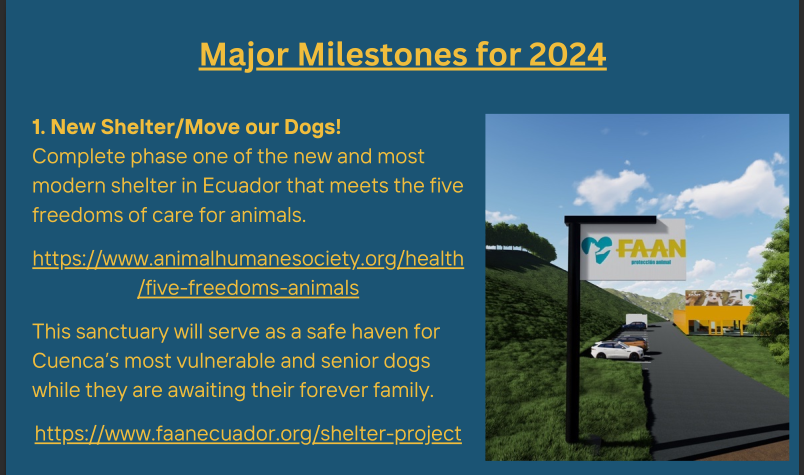
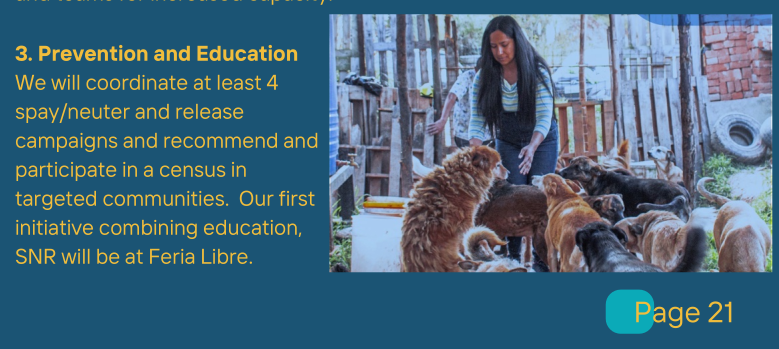
Spay & Neuter Programs
At least 4 campaigns done in 2024? How many done in 2025? Their events history page lists their typical easy effort, sit at a table at a fair public appearances.
The FAAN Cast of Thousands ? 🎬
Medical director, 24/7 Guardian (of the Galaxy, perhaps). The massive Community Brigade of Cuencanos who have both the idle time and the dedication to solve Ecuador's one remaining societal issue: street dogs. Veterinarians strive to be granted the prestigious FAAN affiliate status that will increase their business tenfold. No doubt today FAAN has acquired the necessary paid and volunteer personnel for every initiative. No doubt today you can find FAAN's 501(c)(3) status in the IRS database. 🙄
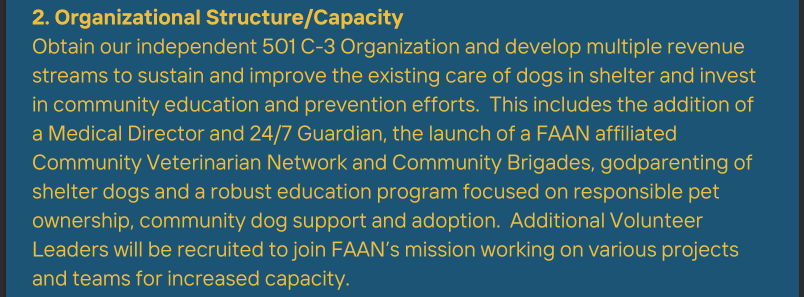
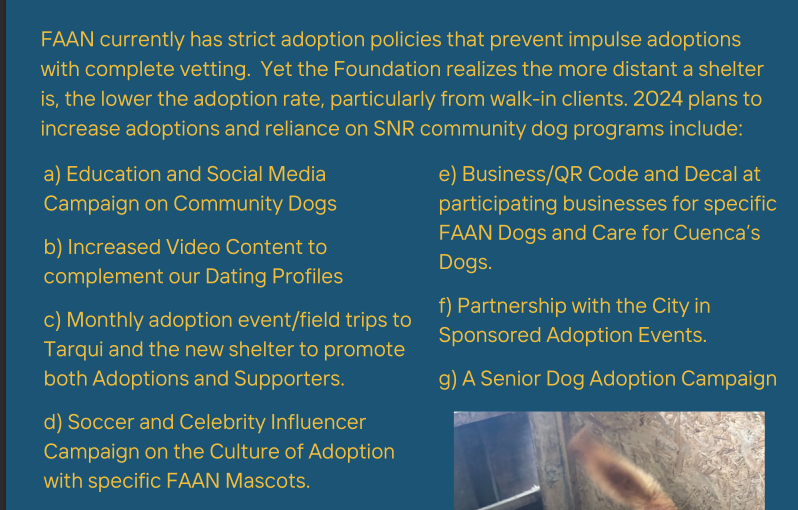
What is FAAN? Adoptions or Sanctuary?
Our new property is too far out from Cuenca, so we're a dog sanctuary, that's our excuse for not increasing adoptions. Then it will magically become a tourist destination offering glamping domes. Another sprinkle of fairy dust and South American football stars will promote our dogs! Or maybe we put more than 10 dogs' photos online.
Oprah style: "You're a board member and you're a board member!"
Stick around long enough and it appears you're granted the title. Donors should never wonder how many supporters have come and gone in the last 3 years. Does FAAN have any plan to be compliant to the law governing non-profit foundations, specifically the 2025 Social Transparency Law?
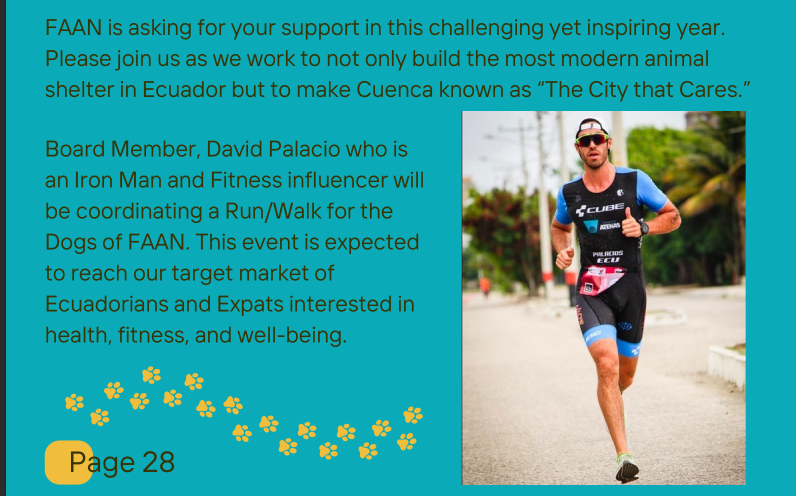
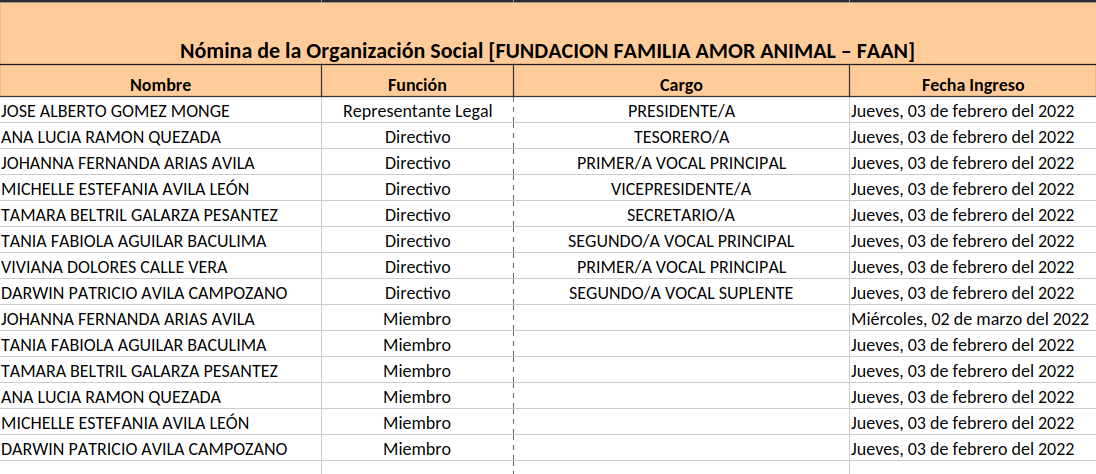
SUIOS has the official board member list
Expats identify as FAAN board members for fundraising in the expat community. Board president never updates the official registry. Expats mismanage the foundation. Ecuadorians on the registry are liable (Código Civil Arts. 564–582). Genius.
Two of these Ecuadorians appear recently on FAAN's Instagram. Where are the others 🧐?
Reviewing the 2024 Financial Statement and 2025 Roadmap 5-Year Strategic Blueprint
Elderly expats take the lead on writing a 5-year plan. "We're happy to inherit the expats' white elephant", said no Cuencano ever. Fear not, expats will adapt to being served saliva-laced restaurant meals as the Cuencano salute to what FAAN hath wrought.
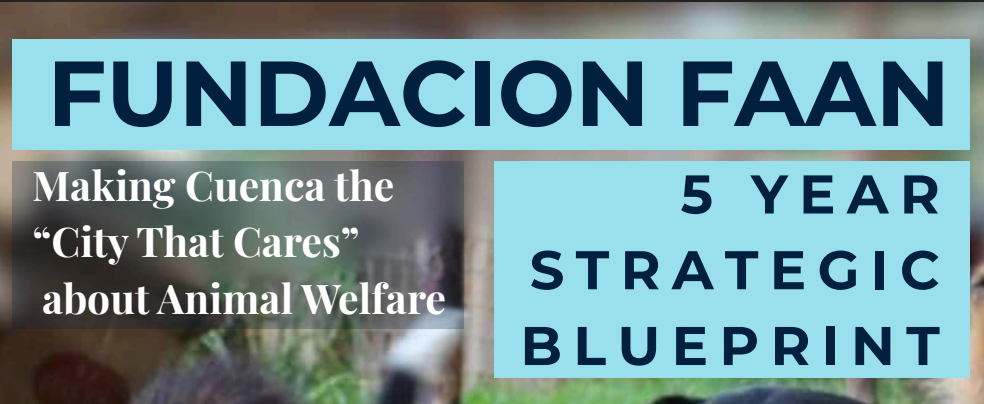
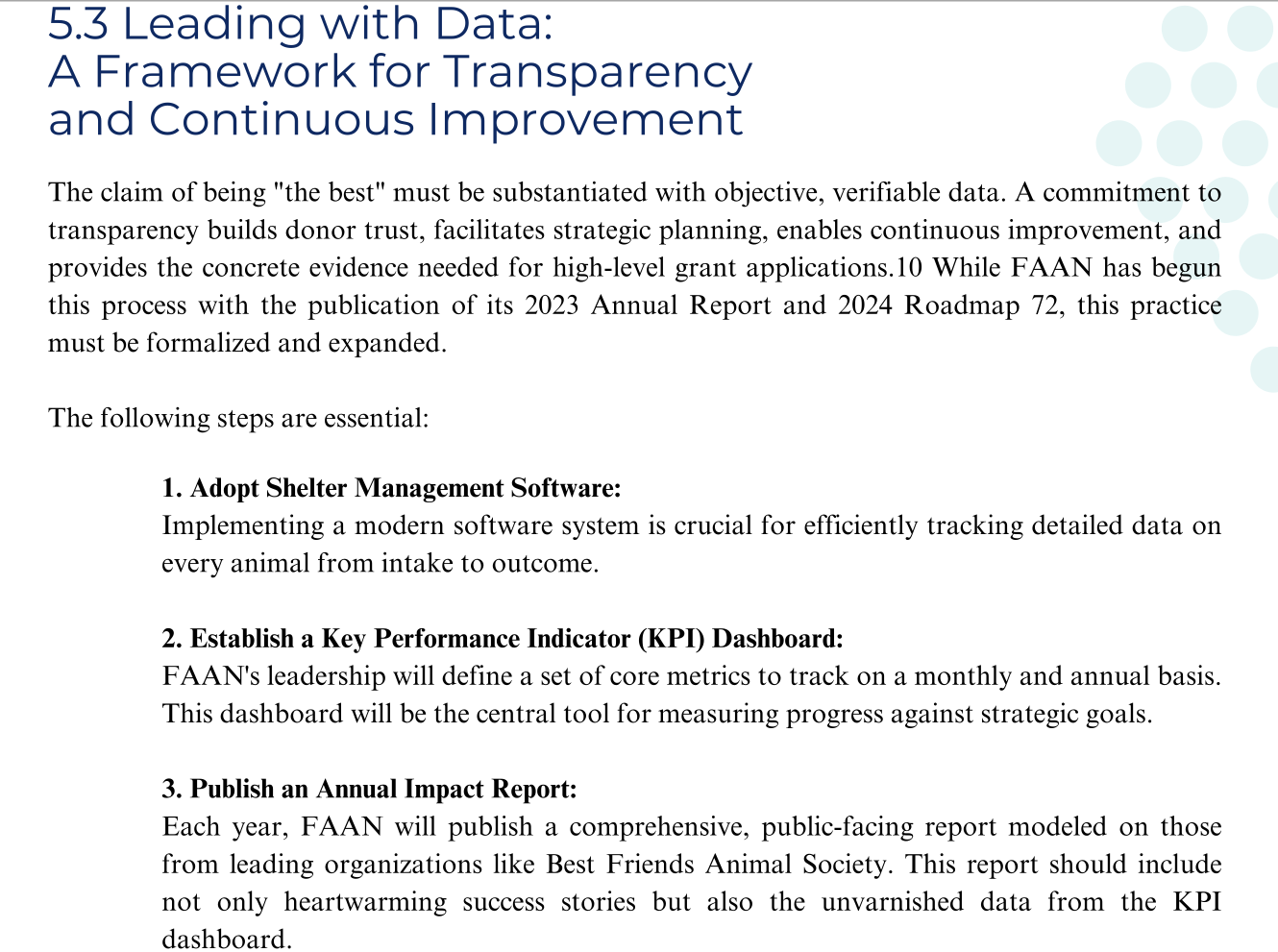
FAAN has a 5-year commitment to transparency and no data varnishing
ICYMI: FAAN's claim of being "the best" began nearly 2 years ago with the publication of their 2024 Roadmap. How do donors find it today 🤔? No worries, they've recycled the same promises, promises in the strategic blueprint! They dropped the pretense of financial reporting for 2024 (🤫 you're not supposed to notice). Nevertheless, save the date for all this animal welfare benefit to debut: The Twelfth of Never from the City That Cares!
FAAN did produce one deliverable Sept. 23, 2023: a coloring book. Expats who speak Spanish visit a few classrooms and hand it out. That is what's called "transforming a culture"! As a result, children implored their parents to allow Fido in the house because the gringos ancianos said so! What a heartwarming success story! Get your gala ticket today!